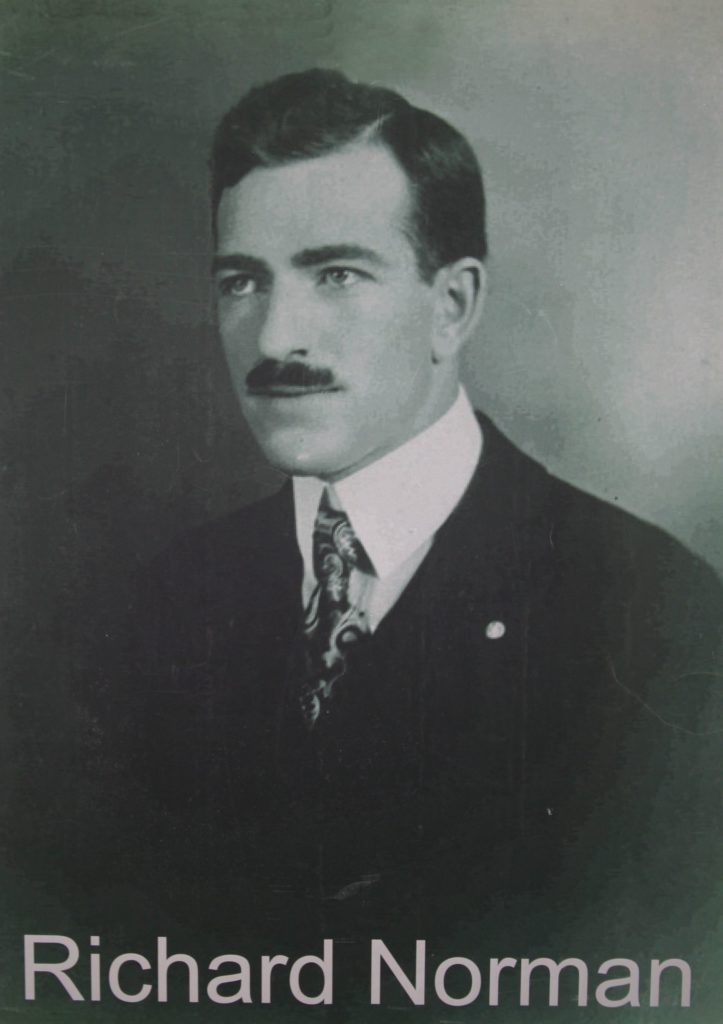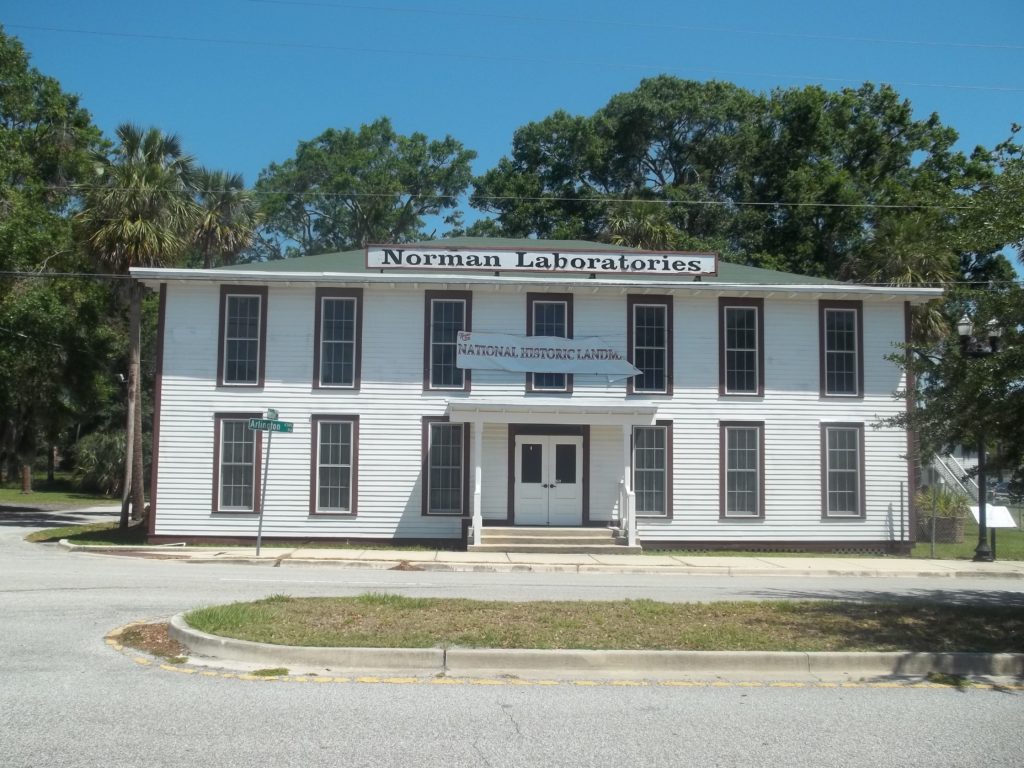Introduction
The doors of the Norman Studios Silent Film Museum have swung wide to welcome visitors of all backgrounds, marking an essential step in preserving the history of early Black cinema. This Jacksonville-based museum honors one of the trailblazing studios that created outstanding silent films with Black actors. What’s best? It is entirely accessible and enlightening for everyone because admission is free. As we explore the significance of this cultural treasure trove, come along on a virtual tour with us.
Unveiling the Norman Studios
As one of the first studios focused on producing films with Black casts, The Norman Studios, founded almost a century ago, has a distinct place in film history. The company operated during the silent film era, making ground-breaking films that celebrated Black actors’ skills and highlighted stories frequently ignored by mainstream cinema. The studio made a vital contribution to the early growth of Black cinema, focusing on authenticity and cultural expression.
Richard Norman
Born in 1891 in Middleburg, Florida, In the Midwest, Richard Edward Norman started his filmmaking career by making “home talent” movies in the 1910s for white audiences. To earn money, towns screened these short films filmed over a few days with local actors. From this time came his first silent movie with an all-black cast, “The Green-Eyed Monster” (1919). When Norman relocated to Jacksonville in 1920, it was a watershed moment because he bought a studio and attracted the interest of budding African-American performers.

Chicago played a key role in Richard Edward Norman’s filmmaking career. He ran a facility in Chicago where he developed the movies he had made in his early days. He would record his “home talent” movies in different cities and then send the raw video to his lab in Chicago for editing. Because of his ties to Chicago, he was able to turn his unfinished films into finished products that he subsequently presented to raise money in the communities where he had initially shot them. He produced and presented his work effectively because of this calculated approach, which helped him establish a solid name as a filmmaker in the business.
A Glimpse into the Museum
A monument to the studio’s extensive past is the recently opened Norman Studios Silent Film Museum. Its spotless galleries are home to an incredible collection of artifacts, images, and memorabilia from the height of silent film. As soon as you enter, you are taken back to a time when creativity had no limitations. The museum perfectly captures the thrill of filmmaking, from behind-the-scenes photos to painstakingly restored movie posters.
The Cultural Significance
This museum pays homage to the grit and inventiveness of Black artists in the face of hardship, in addition to preserving cinematic heritage. The movies by Norman Studios broke down barriers, disproved preconceptions, and gave storylines that had previously gone unheard a voice. Visitors obtain a broader understanding of Black films’ craftsmanship and cultural influence, both then and now, by viewing these early cinematic masterpieces.

Embracing the Present and Future
The museum acts as a platform to encourage the current and following generations while also paying tribute to the past. Visitors can learn about the filmmaking process, the technical difficulties of the silent era, and how they compare to contemporary techniques through interactive exhibitions and activities. Aspiring filmmakers, history buffs, and cinephiles can all find something to spark their enthusiasm within these walls.
Saving the Studio
After a three-year journey, Jacksonville made a considerable advancement in April 2002 when it paid $260,000 to acquire four initial five structures. The items purchased were the principal production and processing facility, a cute cottage used for costume changes, a storage shed, and a building containing the original camera and light power generators. The state of Florida then awarded the city a grant for $140,000 in February 2004 to help with the preservation and rehabilitation of the dilapidated property. With the help of this influx of cash, the complex’s immediate roofing needs were met, security lighting and systems were installed, and a sizable chunk was given to Kenneth Smith Architects for a thorough makeover that will eventually result in the Norman Studios Silent Film Museum.
Open to All
The Norman Studios Silent Film Museum’s commitment to accessibility is one of its most impressive features. Since admission is free, anyone can participate in this cultural experience, regardless of their financial situation. The museum promotes inclusivity and invites diverse people to connect with its services by removing the financial barrier.
Conclusion
A significant step forward in appreciating early Black cinema and the creators who led the way is the opening of the Norman Studios Silent Film Museum. This open-to-the-public gem enables us to investigate the history, culture, and creativity of a period that is frequently eclipsed by the passage of time. We think of the pioneers who dared to dream as we move through its halls and the tales that need to be told. This museum has a lot to offer, whether you’re a fan of movies, a history buff, or someone looking for inspiration. Enter now to experience the enchantment of the Norman Studios, where silent pictures spoke for themselves.


